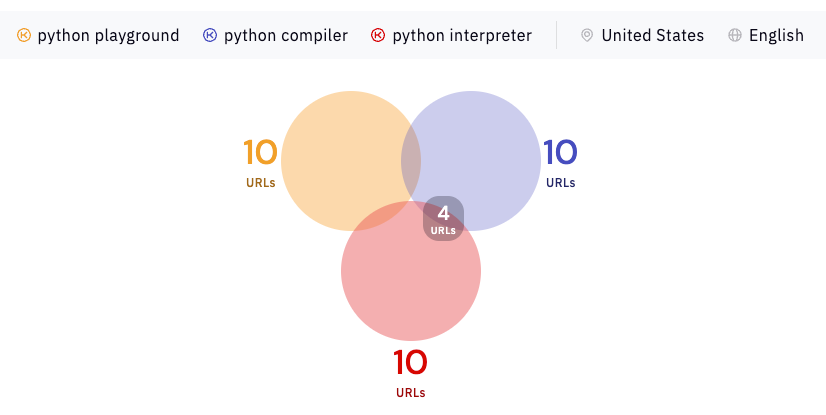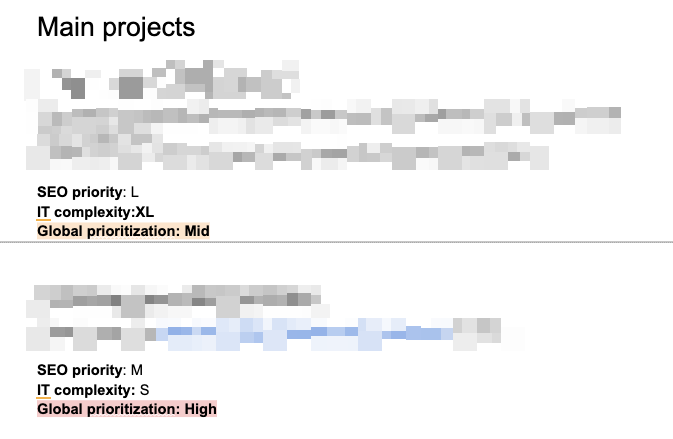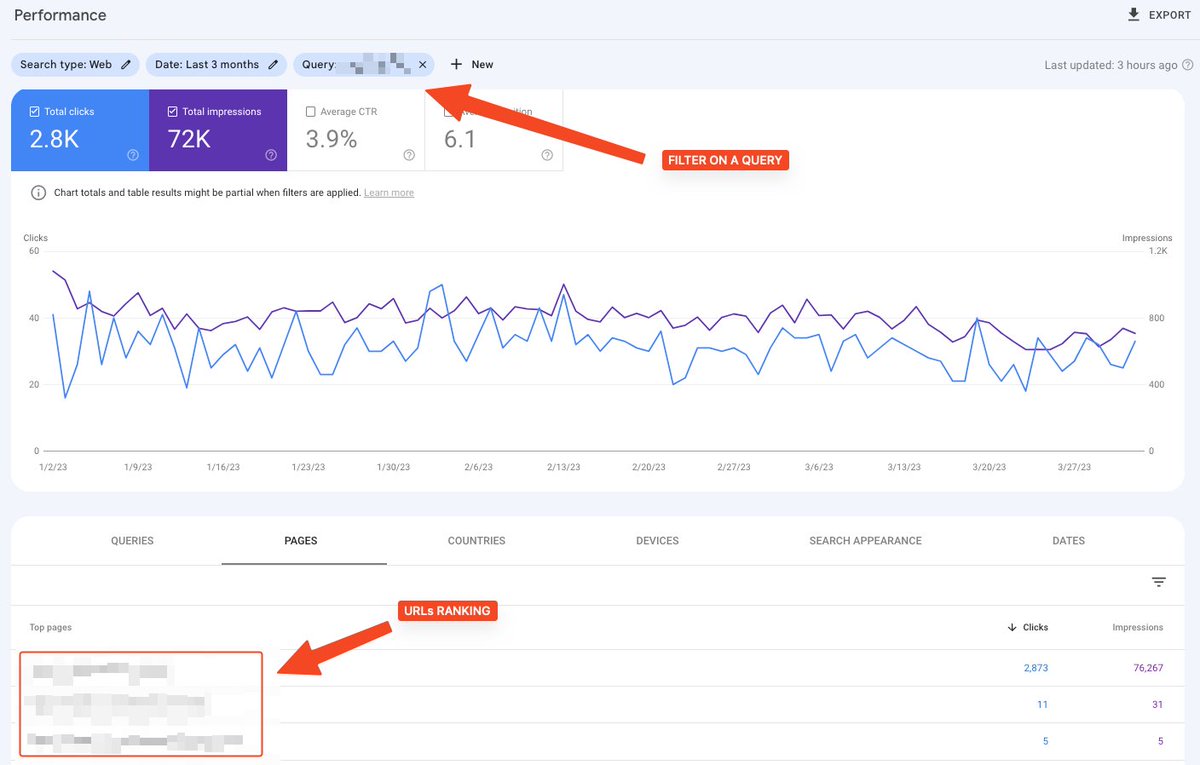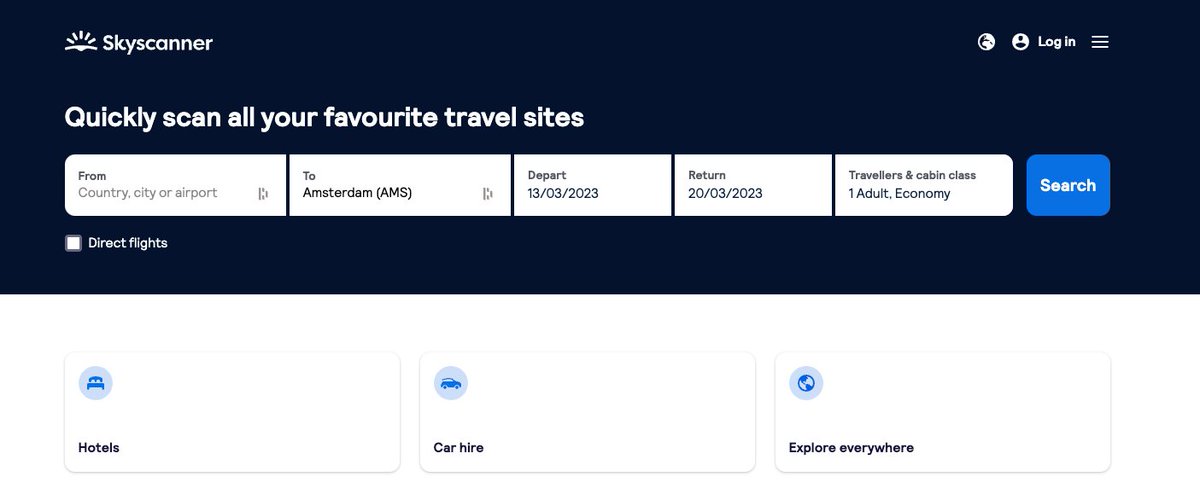¿Cómo hacer un mini keyword research usando los datos de la competencia?
Hoy te muestro cómo usar los autosuggest de los E-commerce más grandes de España para realizar tu estudio.
Ejemplo de funcionamiento con el GIF
⬇️⬇️
Hoy te muestro cómo usar los autosuggest de los E-commerce más grandes de España para realizar tu estudio.
Ejemplo de funcionamiento con el GIF
⬇️⬇️
La idea viene de @natzir9 (
Lo he extendido agregando los principales E-commerce de España.
¿Cómo se obtienen los datos?
https://twitter.com/natzir9/status/1266811342918426625) que compartió lo que había echo durante el evento de #vamostalegon.
Lo he extendido agregando los principales E-commerce de España.
¿Cómo se obtienen los datos?
1. En general cuando hay un autosuggest, la web se nutre de datos enviados por una API que puedes consultar mediante una URL.
Casi siempre, el formato es JSON. Si sabes buscar, encontrarlo no es muy complicado.
Casi siempre, el formato es JSON. Si sabes buscar, encontrarlo no es muy complicado.

2. Usando nodatanobusiness.com/importjson/, podemos usar una nueva fórmula, IMPORTJSON, para obtener estos datos en Sheets sin complicarnos la vida.
3. Detectando el pátron para cada web, podemos recuperar sus datos usando una palabra clave de entrada. Quitamos los duplicados entre las webs y obtenemos nuestro mini keyword-research con el volúmen usando la API de Keyword Surfer 

Si buscáis un nuevo nicho, usar esta técnica como punto de partido es útil y permite ahorrar tiempo.
También os digo que algunos E-commerce tienen un cantidad de datos (como conversión por palabra de búsqueda) que podéis consultar sin problema que me flipa.
También os digo que algunos E-commerce tienen un cantidad de datos (como conversión por palabra de búsqueda) que podéis consultar sin problema que me flipa.
No tengo el archivo 100% acabado, así que no lo puedo compartir aún pero si os interesa, lo haré en algunos días con instrucciones de uso detalladas.
Update: hoja disponible para todas/os:
https://twitter.com/antoineripret/status/1278313398447616004
• • •
Missing some Tweet in this thread? You can try to
force a refresh


















